
Designer Focus: Michael Maltzan
'Feeling that almost anything is possible'. A renowned Los Angeles architect and winner of the international competition to design the city's new Sixth Street Viaduct...
Design comes from all directions, and we are inspired by California. This renowned Los Angeles architect and winner of the international competition to design the city's new Sixth Street Viaduct, who's work really embodies the spirit of California Cool, has been a great inspiration to us. Meet Michael Maltzan...
Michael Maltzan founded Michael Maltzan Architecture, Inc. in 1995. Through a deep belief in architecture’s role in our cities and landscapes, he has succeeded in creating new formal, cultural, and social connections across a range of scales and programs. Michael received an M.Arch from the Graduate School of Design, Harvard University, and BFA and B.Arch degrees from the Rhode Island School of Design. His award-winning projects have been published and exhibited internationally. Michael is a Fellow of the American Institute of Architects, a recipient of the American Academy of Arts and Letters Architecture Award, and the 2016 AIA Los Angeles Gold Medal Honoree.

When you’re designing, how do you consider light and space?
I use three-dimensional physical models as the primary design tool here in the studio. The reason for this is that in contrast to using digital models, which are also useful, the physical models provide very real, physical feedback on the elements and show space in its full three dimensions. For me, that is an important way of connecting to the physical realities of the way light hits an object, or fills a space, and the way the qualities of space are involved in the design; including scale, form, character. It also helps to begin to understand the relationships between form and space, the ways that they change and evolve, and especially the way the light in a space changes over the course of a day.

What are your favourite colour combinations?
I found this question to be very difficult, but I gravitate towards colours that have white in them, as opposed to grey or black. I think the combinations that I gravitate towards the most are those that relate to both pink and orange.

How does California influence what you do?
Whether it’s real, or only a part of the myth of California, there is an ongoing sense of extraordinary openness here. That cultural sensibility gives you the feeling that almost anything is possible and, as challenging as many of the problems in the State continue to be, especially in a city setting, there is still absolutely the feeling that creative solutions are necessary. A creative approach is not only accepted here, it’s expected, and that gives a designer a great deal of latitude, not only in the things that they make but literally in the way that they approach design problems.

What’s your favourite California design period?
I would say tomorrow. California has always been about what’s next, what the future might bring to California and its design culture, and about dreaming of possibilities for tomorrow. I’m constantly interested in where design here is going to go as opposed to where it’s been.

How would you describe the environment of your favourite workspace?
I’ve always been interested in spaces that you might describe more as an ecosystem, as opposed to a workspace. By ecosystem, I don’t necessarily mean that the space is filled with plants – although there are quite a few of them here in the studio today – but rather that it is a territory of past design attempts, current design work, drawings, models. Really that there is an overlapping of ideas that have been tried and failed, and ideas that we’re trying out now, and ideas that have been successful in the past. That sense of the place as an ecosystem that provides you with bits and pieces of possible ideas for the next thing you’re working on is absolutely my goal, not only in the physical environment but also in the culture of the studio as well.

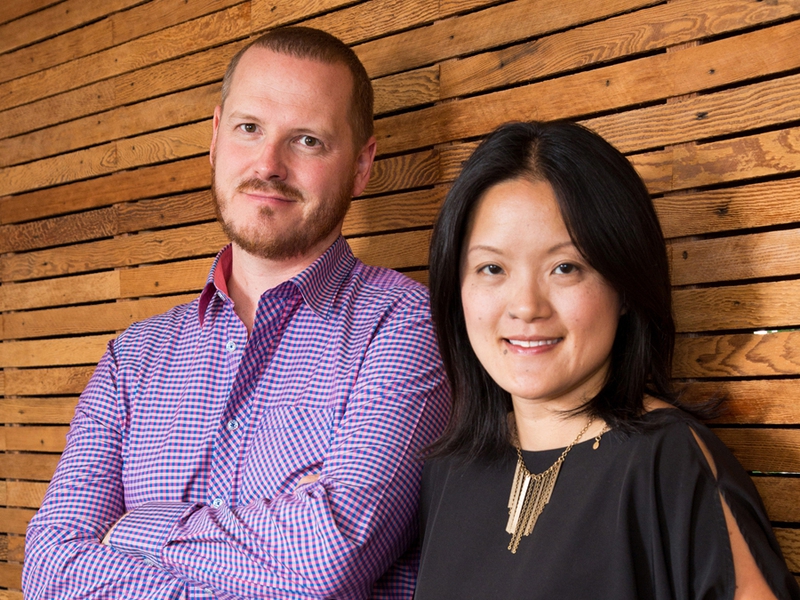
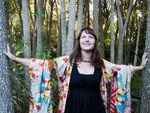
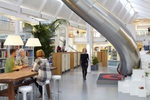
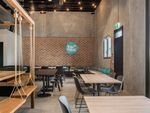
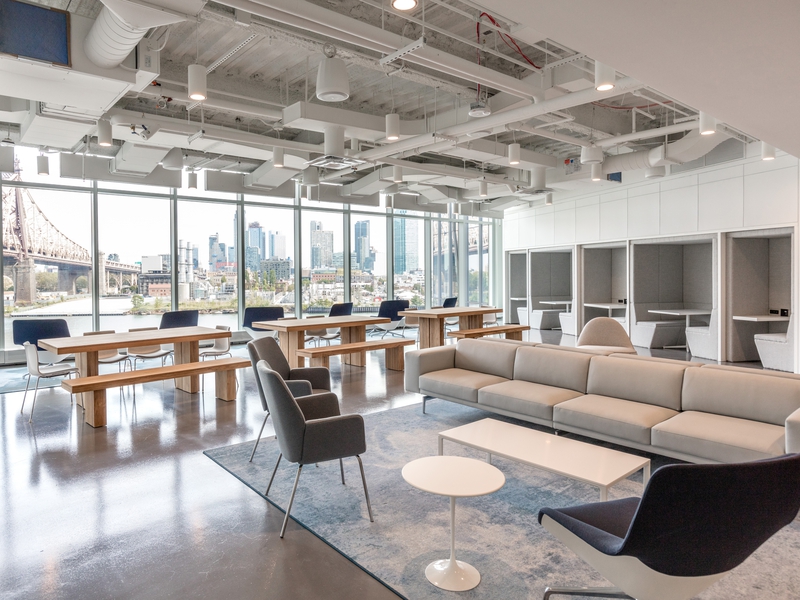
The first campus ever built for the digital age, bringing together academia and industry to create pioneering leaders a…
EDUCATION
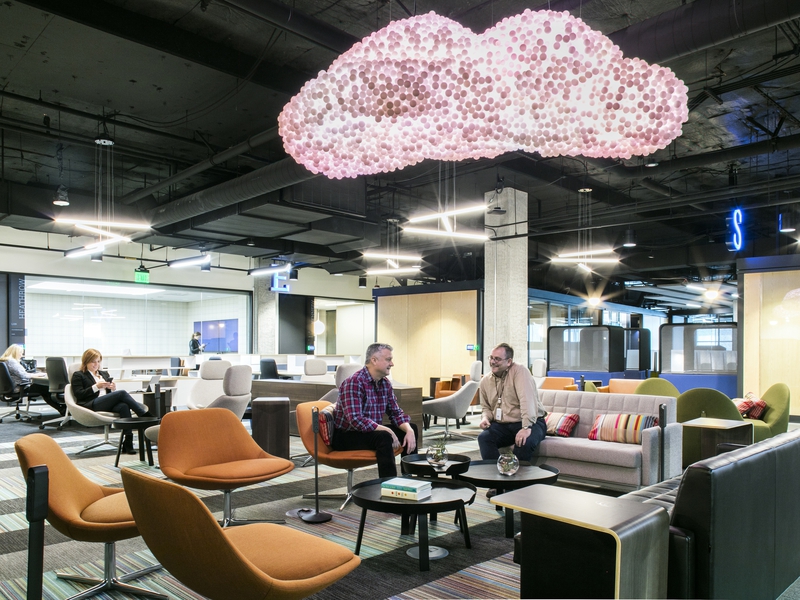
ATLAS Workbase develops office interiors fit for the hot co-working trend setting the new standard in high performance,…
REAL ESTATE
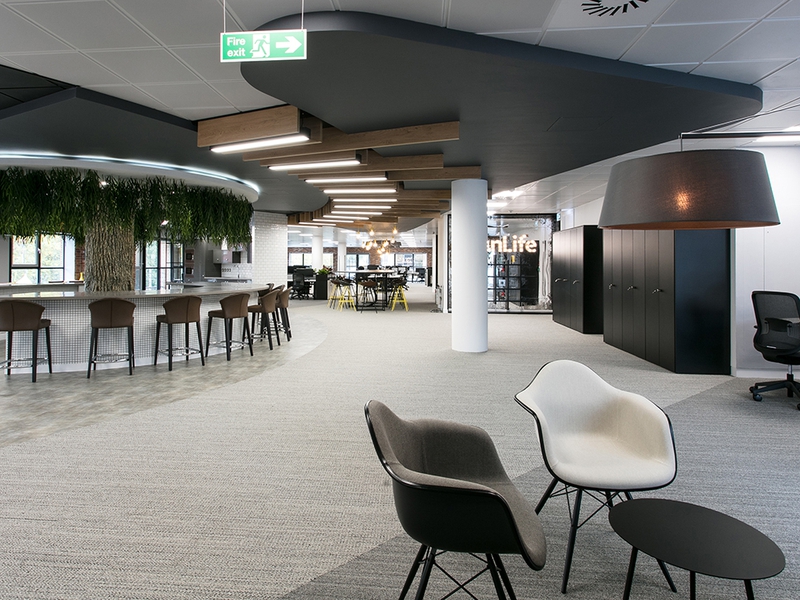
The new headquarters of life insurance company, Sunlife, once a soap and vinegar warehouse, now a dazzling and unique w…
FINANCIAL SERVICES